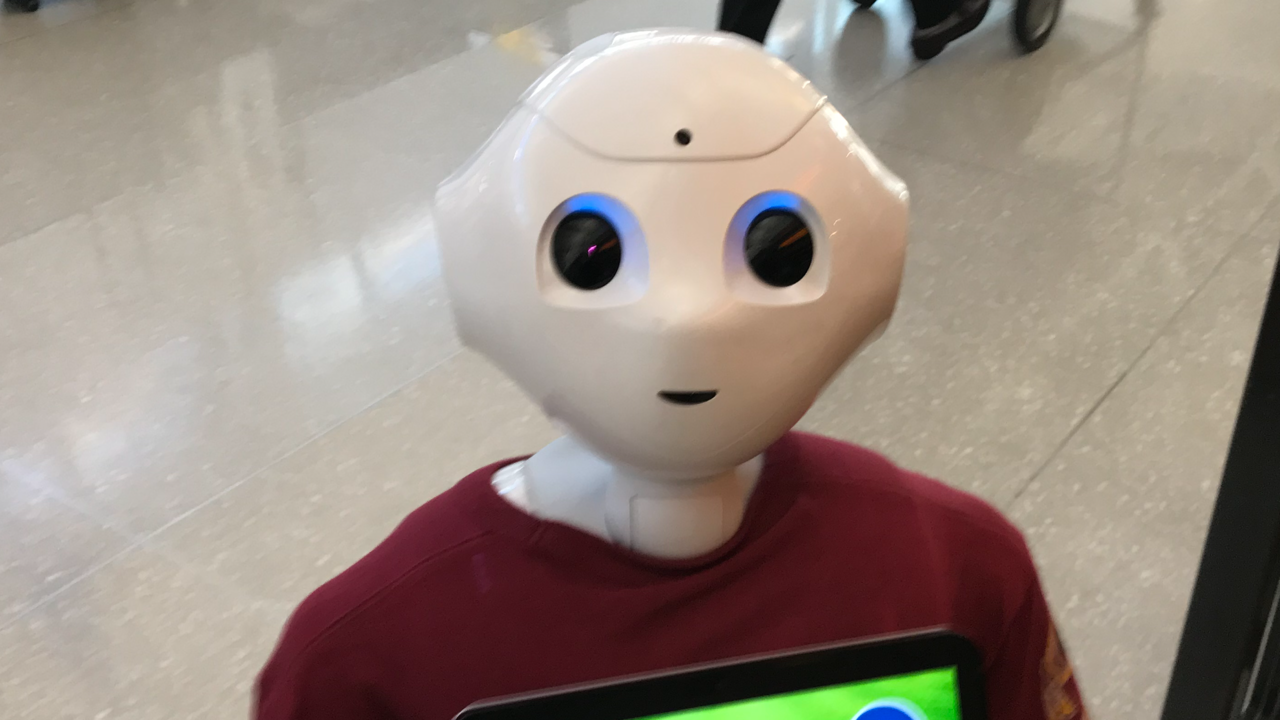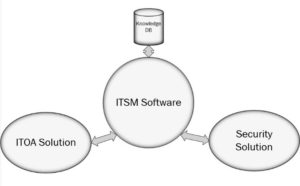It won’t be long before Artificial Intelligence (AI) dramatically improves current technology in both our homes and the workplace. AI is technology that has the ability to learn resulting in a capability to provide responses/outputs that were not programmed or predicted by its creators.
When AI infiltrates our corporate and government networks, IT Service Management (ITSM) organizations will be responsible for keeping these systems up and running. With enormous workloads, limited budgets, and an influx of IoT, ITSM departments are struggling to keep up with demands. To help service management organizations keep up, we will see ITSM solution providers incorporate AI into their solutions as a way to improve efficiency while reducing costs.
According to Gartner, “Employing AI offers enterprises the opportunity to give customers an improved experience at every point of interaction, but without human governance, the opportunity will be squandered.”
We should expect AI technology to disrupt current ITSM technology in three key areas:
- Point of Entry (Incident/Request Creation)
As demands and workloads for ITSM organizations increase, front line human intervention for ANY request or incident (one to one) will not be sustainable. Therefore, we will see many organizations turn to chatbots with AI capabilities as a way to handle front line IT support calls. AI will ensure information is accurately interpreted before it is documented and assigned to an ITSM process. Software from websites such as https://rasa.com/solutions/open-source-nlu-nlp/ can help with creating a more natural language for the chatbots as they progress through the stages, this will help them be more natural for customers/clients.
In a report titled Predicts 2017: Artificial Intelligence, Gartner claims that “Chatbots driven by artificial intelligence (AI) will play important roles in interactions with consumers, within the enterprise, and in business-to-business situations.”
Automated ITSM processes reduce workloads when the information provided to a process is accurate. I remember one organization that provided a self-service portal for requests and incidents. They used an online form that required their customers to declare if they were asking for help or making a request for an IT service, software, or hardware.
Requests were then assigned to one of two available automated processes. One process fulfilled IT requests and the other provided automated help along with escalation services. Unfortunately, many requests turned out to be incidents and many incidents turned out to be requests. As a result, the customer experience was negatively affected because requests and incidents were often delayed or lost. Furthermore, the ITSM solution they were using could not convert an incident to a request or a request to an incident.
Adding AI technology to chatbots will arm automated ITSM solutions with a capability to interpret incidents and requests accurately. As the technology matures, we will see it improve and personalize the end-user experience in addition to improving the efficiency of the service management solution.
- Automated Backend Processes
IT service management consists of backend processes that are designed to manage any request or technical issue entered into the ITSM database. ITSM processes that integrated with non-ITSM solutions on the network increase automation capabilities, which is critical for reducing errors and overall costs that are associated with an incident or request. Furthermore, integrating solutions on the network is important for next generation technologies, such as AI. The real power of AI in ITSM will manifest itself through integration with other technologies on the network.
For example, imagine an ITSM solution is integrated with a facilities management solution that manages IoT devices, such as smart lightbulbs. Integration would allow the ITSM solution to be notified when a lightbulb is not working. An automated process could then be triggered to open a service ticket or open an asset request to replace the lightbulb without any human intervention.
When ITSM processes are powered will AI, they will be able to evaluate efficiency, then provide feedback to IT administrators. For example, AI automated processes that make an asset request to replace a lightbulb could provide recommendations for different lightbulb suppliers based on costs, reliability, and response times. These recommendations would be based on information AI has gathered and learned from similar requests made in the past.
As AI technology matures, it will go beyond providing recommendations. It will be able to make decisions and correct a problem without human intervention.
Let’s review some examples: an ITSM solution with a system that provides IT Operations Analytics (ITOA) would enable the ITSM solution to recognize network issues before they become disruptive. Patterns that are causing concern would be observed by the ITOA system which would then alert the ITSM software.
The ITSM software would document this information into a knowledge database. Information collected about an issue and how it was ultimately resolved would then be available as a reference for AI to use if a similar problem appears in the future. In other words, AI will be equipped to remember past experiences so that it can learn from them.
When an ITSM solution is integrated with all systems installed on the network, it has the ability to observe and document much larger network patterns than it would without integration. Integrating network technologies will not only provide information, but allow ITSM processes to trigger additional processes that automatically resolve issues before they are detected by a human. However, triggering an action on the network is a decision; should a fix be implemented or not. Decision making capabilities are a key component of AI technology
Imagine an ITSM solution that is integrated with an ITOA system and an IT security solution. The ITOA system detects an increased amount of browser crashes occurring on the end-user devices throughout the day, then reports that data back to the ITSM solution as a potential problem.
The ITSM solution then investigates that issue by cross referencing the data it received with data provided by the IT security solution. Meanwhile, a problem is automatically logged into the ITSM database. When the ITSM solution logs the “problem,” it would be able to provide insight and predictions to IT administrators about the associated risk. It would also be able to identify a fix and then it could create tasks for the purpose of applying the fix, then assign the tasks to an analyst and to field technicians.
When powered with AI, ITSM processes will be equipped with decision making capabilities. This means that recommendations for resolving an issue could automatically be turned into an action that is triggered and performed by an automated ITSM process, thus eliminating all human intervention.
- Knowledge Management
ITSM processes powered with AI will look to knowledge databases for answers before making a decision. If answers are not found on local databases, they will have the ability to evaluate data provided on trusted knowledge sites in the cloud. ITSM solutions powered with AI will be able to solve problems based on infinite amounts of data and they will document these findings in local ITSM knowledge databases that are used to support humans, both customers and analysts.
Knowledge management solutions powered with AI technology will learn by applying “deep learning” techniques.
Knowledge solutions powered with AI technology will change the way end-users ask for help. They will give accurate answers to almost any question very quickly. We live in a world where “instant gratification” has become the norm. We expect the right answer right now.
When AI is added to ITSM solutions, we will see knowledge information shift from articles that were created by humans to articles that are created by the ITSM solution itself. Articles created by humans are often outdated or not relevant with current issues. However, knowledge databases powered with AI technology will remove information that is not relevant, keep knowledge articles up-to-date, and provide deeper insights with accurate conclusions at a pace that no human could perform.
Summary
Although ITSM solutions are rapidly evolving, service management will never go away as long as IT exists. However, by implementing AI technology, IT service management will experience a disruptive change that will shift the way humans interact with a service management solution. Eventually, memory and learning capabilities in AI technology will not have a limit to how much they can remember and learn, which is what alarms many “futurists” who claim AI could one day become “self-aware.”

